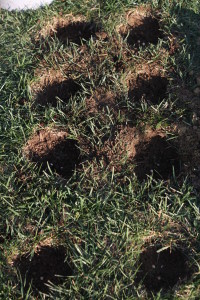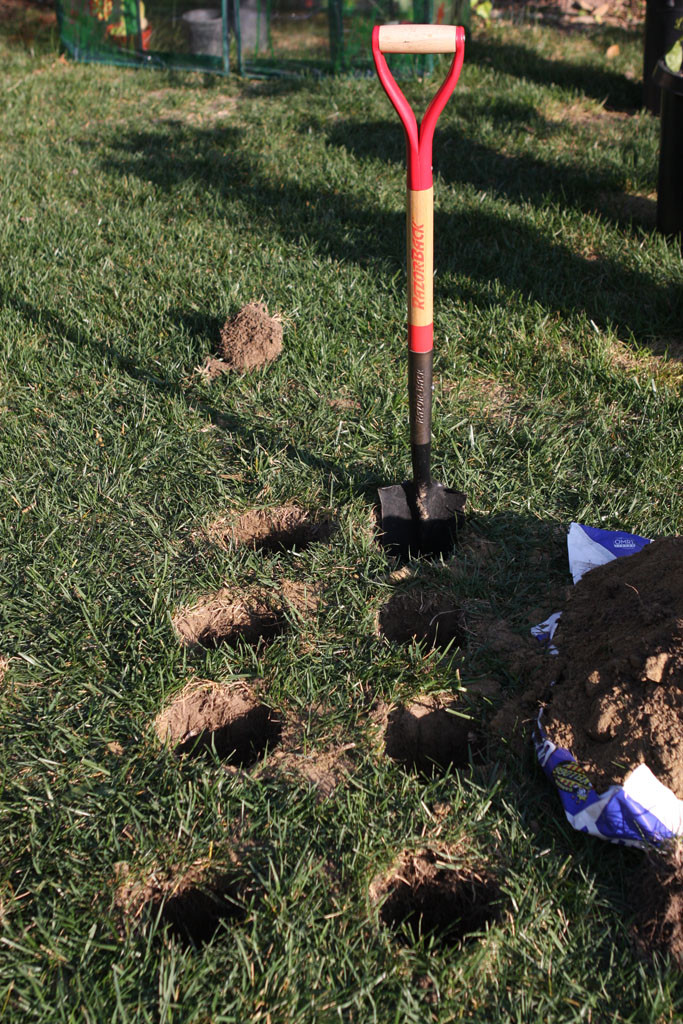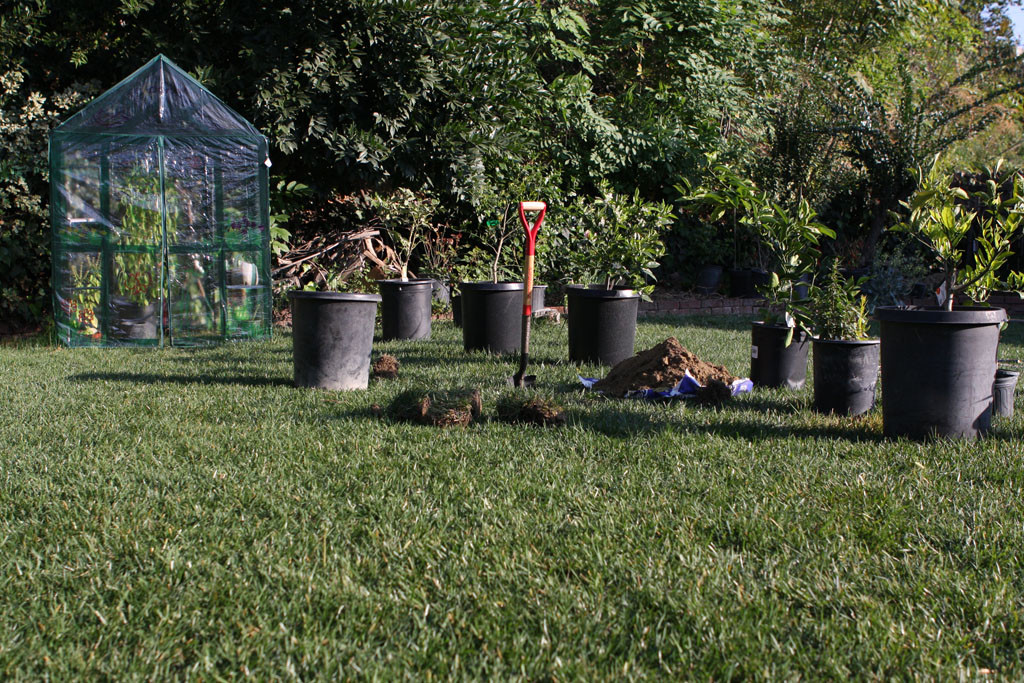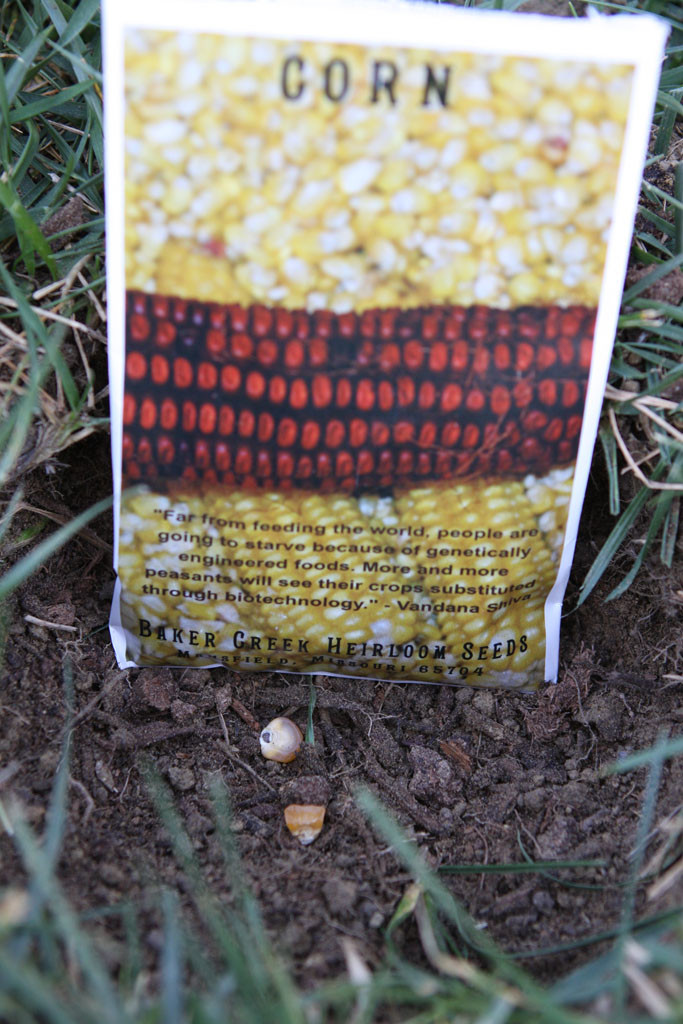Corn holes, Inc.
 Keeping a garden is often times similar to running a multimillion dollar company. The difference is that with keeping a garden, often times you are both the consumer, local government, shareholder, CEO, CFO, R&D, logistics, and grunt. There are a slew of other differences. For fun, let us ignore those.
Keeping a garden is often times similar to running a multimillion dollar company. The difference is that with keeping a garden, often times you are both the consumer, local government, shareholder, CEO, CFO, R&D, logistics, and grunt. There are a slew of other differences. For fun, let us ignore those.
One of Corn hole, Inc.’s the goals of the year is to increase corn production. To meet this goal, two new strategies are being leveraged. The first is to expand production capabilities. In order to achieve this, the growing area needs to increase. One of the challenges is seeking out land that is viable for growing corn. Corn is a sun loving plant. It does best where there is plenty of exposure to the sun. The other challenge is the usage of the land while remaining in compliance with local ordinances. On this site, there is good sun exposure. However, the local ordinance (as set by my family) dictates that the lawn must visually remain one contiguous entity for aesthetics. To remain in compliance, a “low impact” method is being experimented with. This was first noted in the following post: https://www.neverenoughdirt.com/you-cant-have-your-lawn-and-garden-it-too/

For the grunt work, eight holes are dug using a trench shovel. Hopefully this translates into sixteen ears of corn per planting. The work was done while my infant son was napping. Ideally, I would have liked to dig a couple of more holes but the digging was a bit time consuming.
The holes are placed in a column of two by two. The reason for this is to ensure that the corn are able to pollinate each other. Planting them too far apart or in a single row makes it more difficult for the pollen to fall where it needs to fall.
Dirt is dug out for two purposes. One is to loosen the soil. The other is to improve the soil so that it has more nutrients and that it remains loose. On the bottom half of the hole is a 50/50 mixture of steer manure and dirt. Manure is a good soil amendment. It helps dirt with remaining loose while adding nutrients to it. Like compost, manure in high amounts is harmful to seedlings and sprouts. For this reason, manure is placed in the bottom where it can be used later on when the plant’s roots reaches it. The remaining top half of the hole is a 40/60 mixture of ‘garden soil’ and dirt. The ‘garden soil’ used is a commercially available product that contains mulch, bat guano, chicken manure, bone meal, and other things. The mulch is the key ingredient. It helps loosen the soil; which helps with drainage.

The second strategy for increasing corn yield is to make the most of the year. Rather than having two or three planting cycles, up to five total cycles is the new target. Corn grows best in the warm parts of the year. To add to the planting cycles, a cool weather corn variety is being tested. The “Dorinny Sweet” heirloom sweet yellow corn is listed as an “[e]arly season sweet corn that yields in cool climates. Hopefully this translates into being able to add two more cycles by growing the corn in late winter and early fall of Zone 10.
The “Dorinny Sweet” is available through Baker Creek Heirloom Seed Company at http://rareseeds.com. Baker Creek is one of my go to places for seeds and neat plants and varieties.


